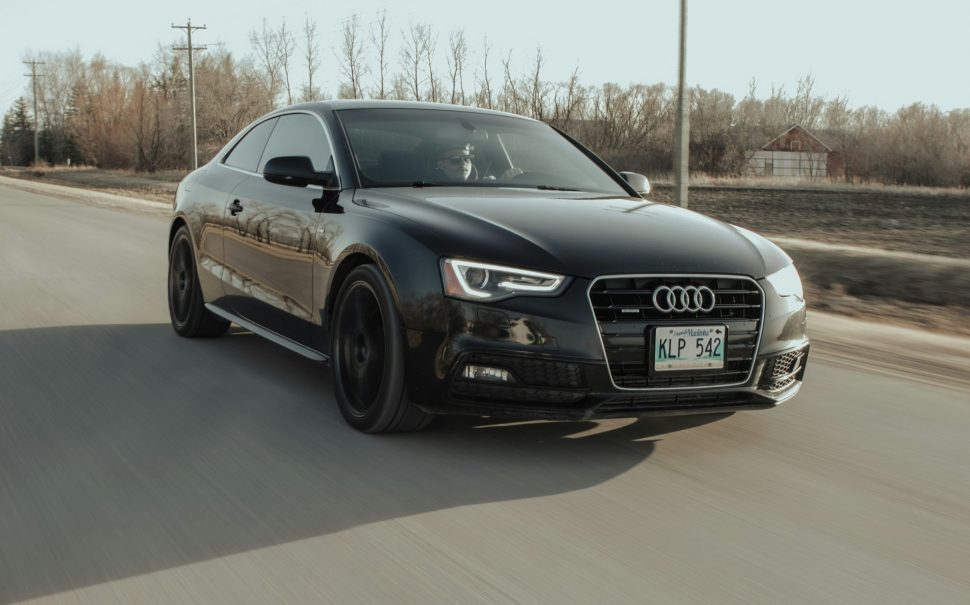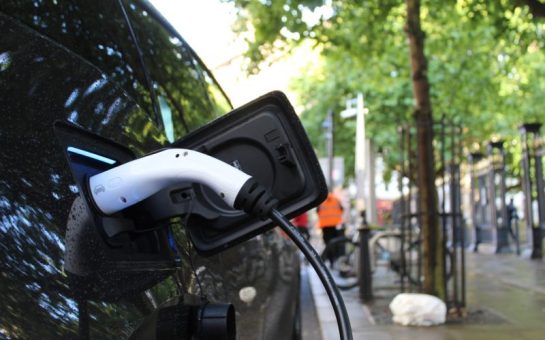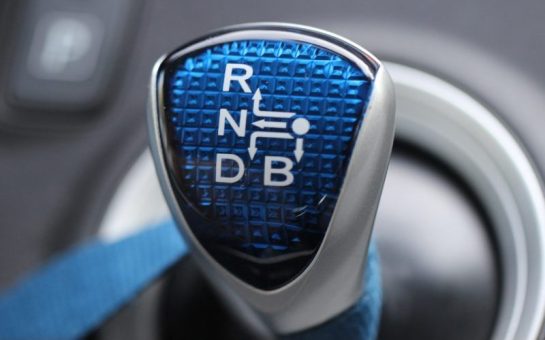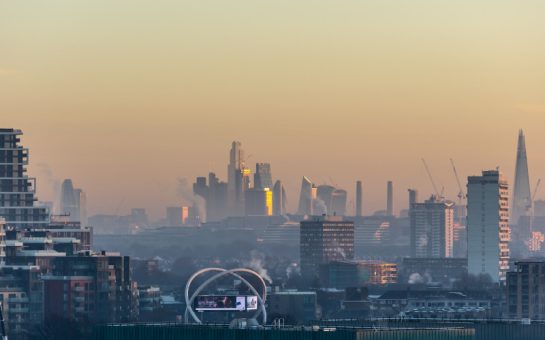Historic vehicles like London’s iconic black cabs face mounting challenges as urban areas change.
As cities across the UK implement Low Emission Zones to combat air pollution, owners of traditional taxis must adjust or risk significant daily charges, since ULEZ exemptions for classic vehicles apply only when they are properly registered and not used commercially, a condition that leaves many working taxis outside the exemption.
These environmental regulations, while necessary for cleaner air, create particular difficulties for operators of classic hackney carriages that have defined British streets for generations.
The shift presents both obstacles and opportunities for taxi operators.
Many drivers find themselves at a crossroads, weighing the costs of upgrading their vehicles against potential penalties.
With Euro 6 standards becoming the minimum requirement in many city centres, the market for compliant black cabs has expanded.
Operators now consider factors beyond appearance or tradition, focusing instead on emissions ratings, fuel efficiency and long-term viability.
Finding the right balance between preserving heritage and meeting modern environmental standards requires careful planning.
For those looking to buy or modify, becoming familiar with the various adaptation strategies available can make the difference between sustainable operations and financial strain.
From retrofitting older models to investing in newer, cleaner alternatives, the options continue to change as regulations develop.
The Impact of Low Emission Zones on Historic Vehicles
Low Emission Zones (LEZs) are designated areas where vehicles must meet specific emissions standards or face daily charges.
These zones restrict high-polluting vehicles to improve urban air quality.
Currently, major UK cities including Bath, Birmingham, Bristol, Portsmouth, Sheffield, Tyneside, Aberdeen, Dundee, Edinburgh, Glasgow, and London have introduced LEZs or Clean Air Zones, with varying requirements and enforcement approaches.
For owners of older vehicles, these regulations create unique difficulties.
Many classic vehicles were built to earlier emissions standards. Without modification, these vehicles often fail to meet the Euro 6 diesel standards now required in most LEZs.
Vehicles registered with the DVLA as ‘historic’ (over 40 years old) are exempt from Clean Air Zone charges in the UK, but only if they meet the ULEZ exemption criteria for classic cars, including proper registration and non-commercial use, which leaves many working taxis outside the permitted scope.
The timeline for LEZ expansion continues to accelerate because city councils are responding to air quality targets and rising public health concerns.
Many urban areas are under pressure to expand or tighten LEZ rules in response to stricter UK Government air quality targets.
For owners of older black cabs and similar historic vehicles, this means stricter enforcement and faster deadlines for compliance or daily charges.
The expanded LEZs will require operators to either upgrade their vehicles to meet Euro 6 standards, invest in retrofit technologies, or switch to compliant new models.
Technical Modification Options for Heritage Vehicles
Owners turn to retrofitting when they want to keep classic vehicles on the road without completely changing the vehicle’s unique look.
Solutions like Selective Catalytic Reduction (SCR) systems and Diesel Particulate Filters (DPF) are chosen because they target the main pollutants that LEZs aim to reduce: nitrogen oxides and fine particulates.
The SCR system works by injecting a urea-based solution into the exhaust, which triggers a chemical reaction in a catalyst unit.
This reaction breaks down harmful nitrogen oxides into nitrogen and water vapour.
The DPF is fitted into the exhaust system and works by trapping soot and fine particulates from the engine before they leave the tailpipe.
A common mistake is failing to check for compatibility. Older engines may need software or hardware updates before these systems can be added.
To avoid retrofitting errors, owners should use a provider with experience fitting these components to their cab type and confirm approval under the Clean Vehicle Retrofit Accreditation Scheme.
For those seeking ready-compliant options, operators can find premium black cabs available now that meet LEZ standards while keeping classic design cues.
These vehicles blend modern compliance technology with traditional styling, making them a clear choice for anyone aiming for regulatory approval.
When searching for compliant models, buyers should check for independent emissions certification and confirm Euro 6 status is officially recorded on all paperwork.
Overlooking these steps risks failing inspections and incurring compliance charges.
Engine conversion provides another practical option. Converting to liquefied petroleum gas (LPG) can help reduce emissions while being less costly than full electric conversion.
For more ambitious projects, full electric drivetrain conversions retain the vehicle’s exterior while eliminating tailpipe emissions entirely.
Retrofitting vs Replacement Considerations
When deciding between retrofitting and replacement, cost analysis is essential.
Retrofitting typically costs less than purchasing a new compliant vehicle, but newer vehicles often include additional benefits like improved fuel efficiency, modern safety features, and extended warranty coverage.
Maintaining heritage value remains important for many owners. Professional retrofitting services can preserve the authentic appearance and character of historic vehicles while upgrading internal components.
This balances compliance with preserving automotive heritage.
Successful retrofitting cases demonstrate the viability of this solution. The London Taxi Company has converted several TX4 models to LPG, reducing emissions while maintaining the iconic design.
Similarly, independent operators have updated classic FX4 ‘fairway’ taxis with modern diesel engines that meet Euro 6 standards.
Regulatory Navigation for Historic Vehicle Owners
Learning about vehicle classifications is an important part of planning for compliance. In the UK, vehicles may be registered as ‘historic’ if they were built or first registered more than 40 years ago.
However, this classification alone does not guarantee LEZ exemption, particularly for vehicles used commercially.
Documentation requirements for modified heritage vehicles include retrofit certification, emissions test results, and vehicle registration updates.
Owners must keep records of all modifications, including technical specifications and installation certificates from approved providers, especially since MOT exemptions for classic vehicles only apply if the car is over 40 years old and has not undergone substantial structural changes.
Exemption applications require specific documentation and often involve application fees.
The process typically includes submitting proof of the vehicle’s age, historic significance, and limited usage patterns.
Commercial vehicles face stricter requirements, with most cities requiring full compliance rather than offering exemptions.
Working with local authorities can help with meeting compliance standards. Many councils offer transition periods or reduced charges for vehicles undergoing approved modification programmes.
Testing and Certification Pathways
Modified historic vehicles must still pass standard MOT tests appropriate to their age.
Vehicles registered before 1960 are exempt from MOT testing, but must remain roadworthy. Those used commercially, like taxis, typically require annual testing regardless of age.
Emissions testing follows specific procedures based on the vehicle’s age and modifications. Retrofitted vehicles undergo tailpipe testing to verify compliance with current standards.
The results must meet the emissions levels specified for the relevant LEZ.
Several certification bodies oversee the approval process. The Clean Vehicle Retrofit Accreditation Scheme (CVRAS) certifies both retrofit technologies and installers.
The Vehicle Certification Agency (VCA) provides Individual Vehicle Approval for significantly modified vehicles.
Documentation for LEZ compliance includes the retrofit certificate, emissions test results, and vehicle registration documents showing the updated emissions classification.
Financial Support and Incentives for Vehicle Adaptation
Transport for London’s de-licensing and scrappage scheme provides a payment for owners who retire older taxis and replace them with LEZ-compliant models.
Tax considerations also influence the financial calculation. Retrofitted vehicles may qualify for reduced Vehicle Excise Duty. Electric conversions can benefit from zero-rated tax status. Business owners can often claim capital allowances on retrofit expenses, reducing their overall tax burden.
Key Steps for Historic Vehicle LEZ Compliance
LEZ compliance requires a clear process covering both technical and regulatory steps. The first step involves confirming the specific rules for historic or working vehicles in their area.
Owners should consult the official city council and Transport for London resources for current requirements and deadlines.
Next, a vehicle assessment is needed. This includes checking the engine type, existing emissions controls, and potential for upgrades.
Consulting a retrofit specialist or qualified vehicle assessor can help determine which technologies will work, such as SCR or DPF options, or whether engine replacement is required based on the model and usage.
Documenting all modifications, upgrades, and emissions tests, including certificates and updated registration, helps owners pass inspections and avoid penalties.
Classic vehicles still have a place in modern cities, if their owners adapt wisely. By staying informed and proactive, it’s possible to protect both history and future mobility.
Featured image credit: Miles Loewen via Unsplash




Join the discussion